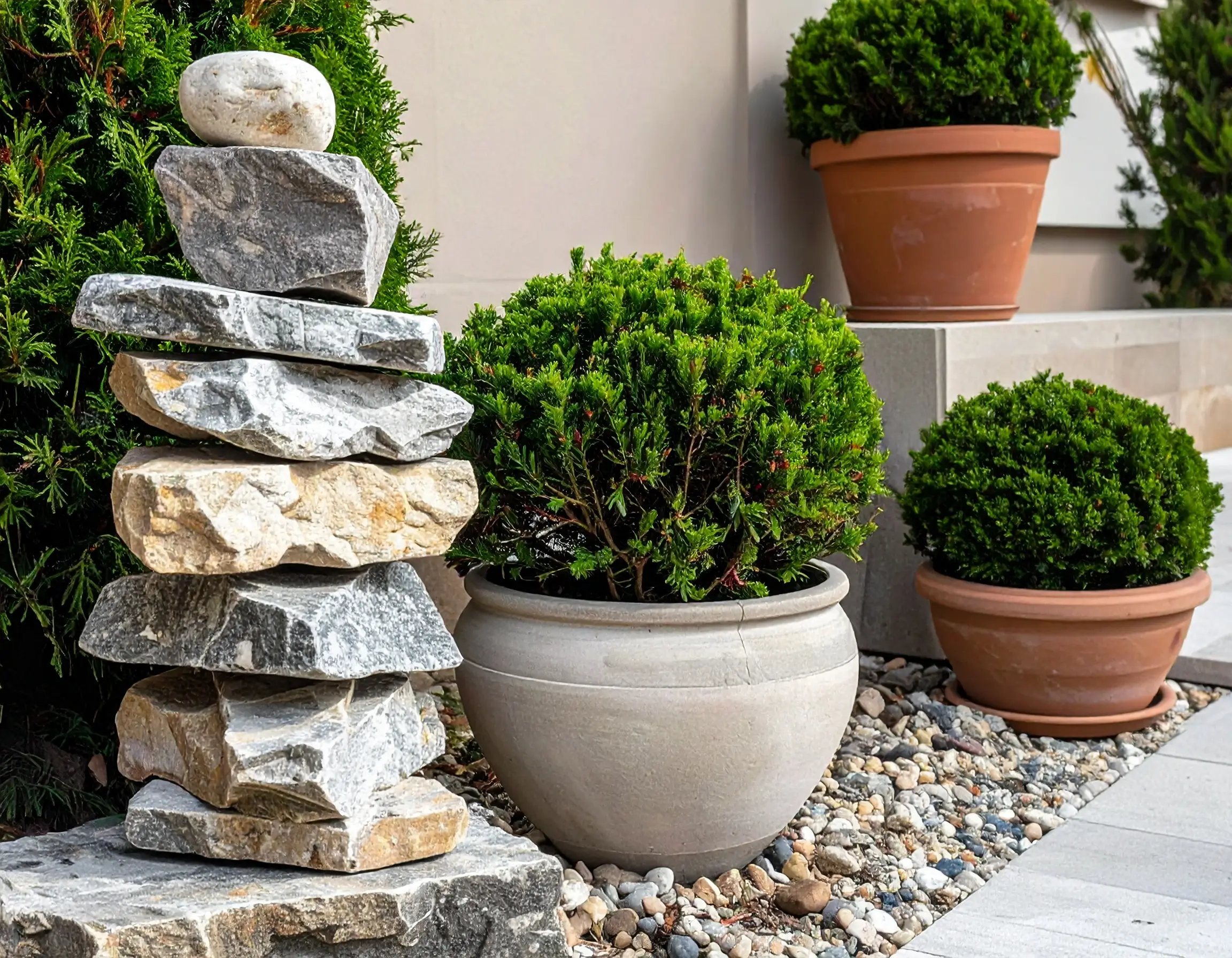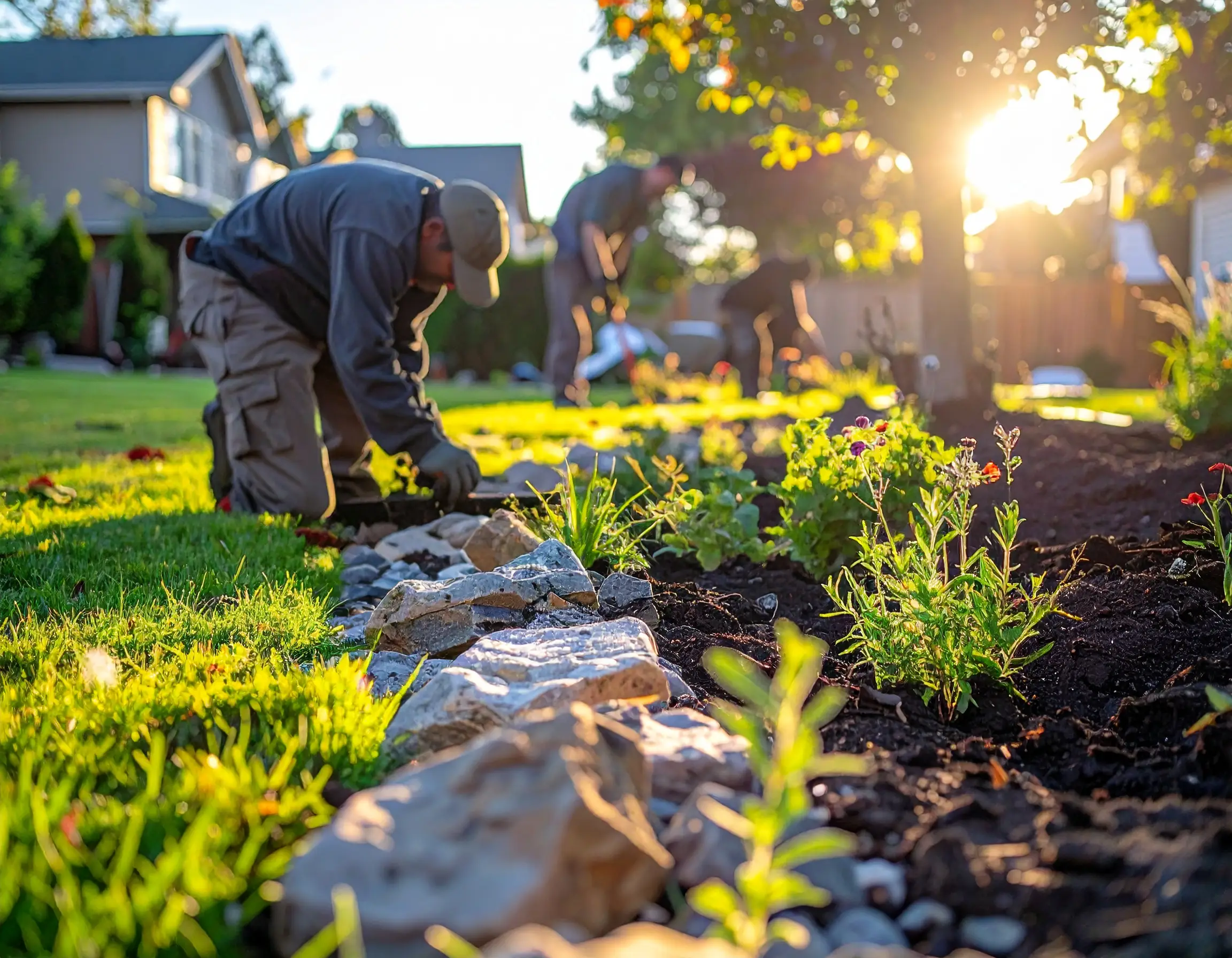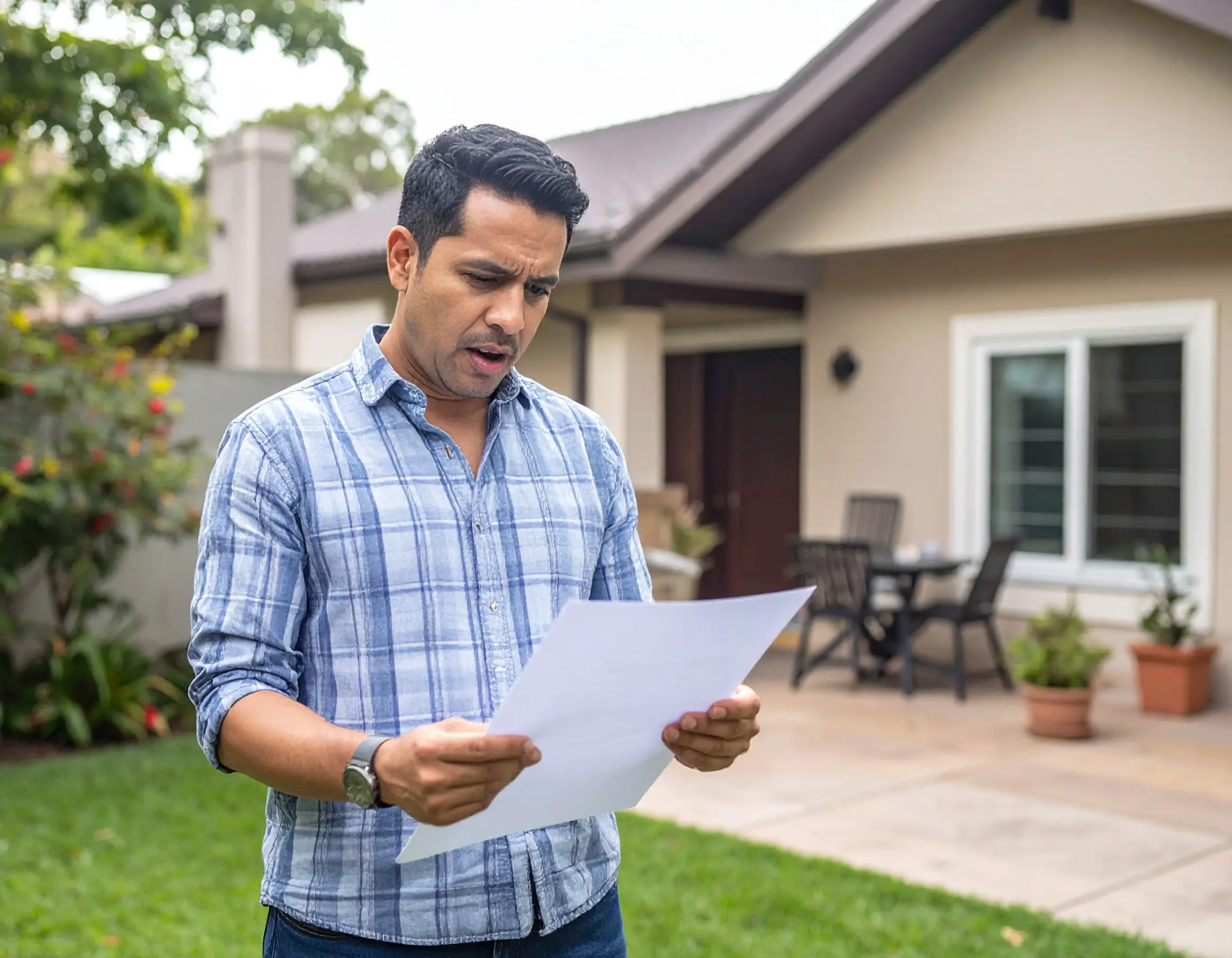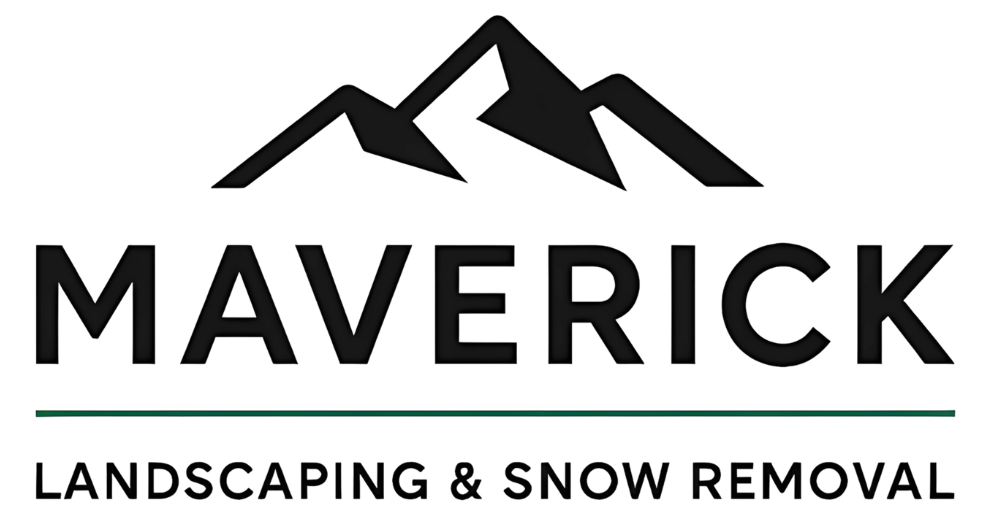Transforming a backyard in Canada can be a significant investment. Whether you’re installing a new patio or a full outdoor living space, it’s important to understand which components drive the highest costs. Below, we break down the major cost factors – labor, materials, and big-ticket features – and provide current cost estimates (in CAD) along with notes on maintenance and regional differences. This guide will help Canadian homeowners budget for landscaping projects and avoid surprises.
Labor Costs in Landscaping
Labor is often one of the largest expenses in any landscaping project. Canadian landscaping professionals typically charge anywhere from $30 to $70 per hour for their crews, though highly skilled trades or urban contractors may charge more. In fact, labour can represent roughly 40% to 60% of a project’s total cost under normal conditions. In labor-intensive projects or sites with challenges (like no machine access for equipment), the labor share can climb even higher – 60% to 80% of the cost, according to one Ontario landscaper.
Why is labor so costly? Landscaping often involves heavy work (excavation, hauling, grading) and skilled tasks such as stonework, carpentry, or installing lighting and irrigation. The cost of living also influences wages: landscapers in major cities (e.g. Toronto, Vancouver) tend to charge higher rates than those in smaller towns. All this means a substantial portion of your budget goes to paying the people who design and build your outdoor space. The upside is that quality workmanship can make or break your project – investing in experienced, reputable contractors can save you money on fixes down the road.

Material Costs and Supplies
The materials you choose have a big impact on overall cost. High-end or specialty materials can dramatically increase the budget. For example, natural stone paving can cost $40 – $80 or more per square foot, while a basic poured concrete patio might be around $15 – $30 per sq ft – a fraction of the cost. Similarly, a premium composite deck board costs much more than standard wood lumber. Upgraded materials (exotic hardwoods, imported tiles, luxury outdoor appliances) raise costs not just for the material itself but sometimes for the extra labour needed to install them properly.
Softscaping vs. Hardscaping: Generally, softscaping (plants, soil, sod) is cheaper than hardscaping (pavers, wood, concrete structures). For instance, filling a garden with rare or mature plants will cost more than using common native species, but even an extensive planting plan usually costs less than building large hardscape features.
On the other hand, materials like interlock pavers, flagstone, timber, and concrete blocks add up quickly. Natural stone and manufactured pavers for patios often run about $15 – $40 per square foot installed on average, reflecting both the material price and the base preparation needed.

High-Cost Features in Landscaping Projects
Certain big-ticket features tend to drive the highest costs in residential landscaping. These elements involve significant materials and skilled installation, so they quickly add to the budget. Below are some of the most expensive features and their typical price ranges:
- Patios and Hardscaping:
Building a patio (or walkways) with pavers or stone is labor-intensive and material-heavy. Expect around $15 to $40 per square foot for a quality patio in Canada. A basic concrete paver patio on flat ground might be at the lower end, whereas an intricate natural stone terrace with steps or built-in seating will hit the higher end.
Costs rise with factors like elaborate patterns, difficult grading, or premium stone choices. Patios are expensive because they require proper excavation, base layers of gravel, edge restraints, and skilled laying of each stone for a lasting, level surface.
- Outdoor Kitchens:
Adding a full outdoor kitchen is a luxury upgrade that comes with a luxury price tag. A typical outdoor kitchen installation ranges from about $10,000 up to $50,000 or more, depending on size and features.
A modest setup with a built-in grill, counter space, and a fridge might be in the $15k – $30k range, while a high-end custom kitchen with stone countertops, multiple appliances (grill, sink, pizza oven, etc.), and pergola covering can easily exceed $50k.
The cost drivers are the appliances and utilities (running gas, water, and electricity outdoors safely), as well as custom masonry or carpentry work to build counters and shelter. Because you’re essentially building a second kitchen, using weather-resistant materials and outdoor-rated appliances (which are pricier than indoor versions) adds to the expense.
- Retaining Walls:
Retaining walls are crucial for managing slopes and adding terraced levels to a yard, but they can be very pricey to construct. Depending on the material (wood ties, concrete blocks, natural stone) and the wall’s height/length, costs typically range from about $20 up to $150 per square foot of wall face.
A simple low garden wall in a backyard might be on the lower end, whereas a tall engineered stone wall with proper footings and drainage could be at the upper end. Retaining walls are expensive because they must be built structurally sound – this involves significant excavation, base preparation, drainage systems, and heavy materials.
Often they require professional design or even engineering for walls above a certain height. The labor is intensive (stones/blocks are heavy and must be placed accurately), and mistakes can be costly, so skilled construction is a must.
- Swimming Pools:
Installing a pool is often the most expensive single landscaping item. An inground swimming pool in Canada typically costs between $60,000 and $120,000 by the time it’s fully installed, with small basic pools starting around $45k and luxury pools (large or with custom features) going $150k and beyond. Vinyl-liner pools tend to be at the lower end of the cost spectrum, fiberglass in the mid-range, and concrete (gunite) pools at the high end.
These figures usually include standard pool decking (the patio around the pool) and basic filtration equipment. Pools are so costly because of the extensive work involved: excavation, soil removal, pool shell installation, plumbing, electrical, backfilling, and finishing the surrounding area.
Additionally, required safety features (fencing, covers) and permits add to the expense. If you add fancy options like waterfalls, integrated hot tubs, or elaborate landscaping around the pool, the price climbs higher. Note: A pool will also increase ongoing costs for heating, chemicals, and maintenance (more on maintenance below).
- Decks and Wood Structures:
Building a quality deck or other structures like pergolas and gazebos can be expensive, especially with large sizes or composite materials. Wood or composite decks in Canada generally cost about $25 to $60 per square foot to construct. High-end decks with premium materials or complex designs (multiple levels, custom railings, integrated lighting) can even reach $100 per sq ft in some cases. For a typical 200 sq. ft. backyard deck, that means anywhere from $5,000 on the low end (simple design, basic treated lumber) to $15,000 or more for a higher-end design.
The cost drivers here are lumber prices (which can fluctuate), the use of composites or exotic woods, and the carpentry labor. In Canada’s climate, decks also require proper structural support (footings below frost line, etc.), which adds to labor. If you include features like pergolas, built-in seating, or a roof over the deck, those will add thousands more to the project.
- Landscape Lighting:
While not as expensive as a pool or patio, a professional outdoor lighting system is still a notable cost in a landscaping project. A full exterior lighting setup (path lights, garden uplights, patio lights, etc.) can range roughly from $1,000 up to $4,000 or more for an average yard. The price depends on the number of fixtures, the quality of lights (LED systems with smart controls cost more), and the wiring complexity.
Lighting costs are driven by the fixtures and electrical work – cables often need to be buried and routed properly, and hiring a licensed electrician or experienced installer is recommended for safety. The benefit is enhanced aesthetics and usability of the yard after dark, but homeowners should budget a few thousand dollars if they want extensive lighting features.

Ongoing Maintenance Costs
New installation is one side of the coin; ongoing maintenance is the other. Budgeting for yearly upkeep will protect your landscaping investment. Maintenance costs can include lawn care, gardening, cleaning, and servicing of installed features:
- General Landscape Maintenance:
Basic yard upkeep by a professional service (mowing, trimming, weeding, etc.) might cost on the order of $100 to $300 per month for a typical property, depending on property size and region.
National averages show monthly lawn care packages around $150 – $500 during the growing season for mowing, fertilizing, and aeration services. Homeowners who handle these tasks themselves will save money but should still account for supplies and equipment.
- Plant and Lawn Care:
Replacing mulch, annual planting, and lawn treatments are periodic costs. For example, fresh mulch might run $50+ per cubic yard including delivery, and re-sodding a patch of lawn is about $1.50 – $3.50 per sq ft. These are smaller expenses relative to hardscape, but over time they add up.
- Pool Maintenance:
If you have a pool, plan on notable yearly expenses. This includes chemicals, opening/closing service, and increased utilities. Estimates vary, but maintaining an inground pool can easily run $1,000 to $2,000 per year in supplies and routine service (heated pools or heavy usage can drive costs higher).
On top of that, every so often bigger maintenance is needed: vinyl liners need replacement roughly every 8 – 12 years (which can cost $4k – $7k), and concrete pools need re-plastering or other repairs over their lifespan. These long-term upkeep costs are worth factoring in at the outset.
- Deck and Patio Upkeep:
Wood decks require sealing or staining every few years to prolong their life – a refinishing job can cost a few dollars per square foot or a few hundred dollars in DIY materials. Stone patios may need occasional re-leveling of stones or polymeric sand refilling between pavers (minor costs, often DIY-able). If you invest in high-end stonework, keeping it sealed and clean is wise but not overly expensive annually.
- Winter and Seasonal Care:
In many Canadian climates, budgeting for winterization is important. Sprinkler irrigation systems need blow-out each fall (often ~$100-$200 service). Any outdoor plumbing (like kitchen sinks or fountains) must be winterized too. Snow removal for large driveways or paths might be a consideration in some landscapes (cost varies by contract). Season-specific tasks like spring garden cleanup or fall leaf removal could be a few hundred dollars per year if done professionally.
Overall, a common rule of thumb is to set aside 1% – 3% of your home’s value per year for home maintenance, and landscaping will be a chunk of that. For example, a homeowner with a $700,000 property might allocate $7,000 – $21,000 annually for all maintenance; from that, lawn and garden care, plus savings for occasional big repairs (like a fence or pool fix), will ensure the outdoor space stays in top shape.
The exact figure will depend on how elaborate your landscaping is – a simple lawn and shrub garden costs far less to maintain than an elaborate yard with a pool, pond, and extensive plantings.

Regional Variations in Cost
Landscaping expenses can vary across Canada due to differences in labour rates, material availability, and climate considerations:
- Urban vs. Rural:
Homeowners in large urban centers like the Greater Toronto Area or Vancouver typically face higher costs than those in rural areas or smaller provinces. Higher demand and cost of living in cities mean contractors charge more for labour, and permits/inspection fees may be pricier.
For instance, landscaping costs in Toronto tend to be on the high end compared to smaller communities. In contrast, rural projects might get slightly lower hourly labor rates, but any specialized materials might cost more to transport if local suppliers are limited.
- Provincial Differences:
Each province has its own market. In Alberta or Saskatchewan, for example, labour might be a bit less costly than in Ontario, but long, harsh winters could mean a shorter building season – projects might need to be completed in tighter timelines, sometimes affecting cost. In coastal BC, wood and plant materials might need extra treatment due to moisture, and in the Prairies, deeper foundations are needed to handle frost. Such climate-related requirements can add cost in certain regions. That said, many cost factors (like the price of concrete or imported stone) are relatively consistent nationally, aside from shipping differences.
- Permits and Regulations:
Some municipalities have strict landscaping or building bylaws. Cities might require permits for decks above a certain height, for large retaining walls, or for pool enclosures. Obtaining permits and meeting specific codes (e.g. fence heights around pools, drainage regulations) can add fees and possibly require additional work (hence more cost). These factors can vary widely – a province like Quebec might have different pool fence rules than, say, Alberta. Always check local regulations, as complying with them is part of the cost of doing the project right.
In summary, the most expensive aspects of landscaping projects usually boil down to the labour required and the scale of high-end features you choose. Moving earth and building structures (patios, walls, pools) require significant work and materials, which is why they come with high price tags. By understanding these cost drivers and considering regional conditions, Canadian homeowners can plan realistic budgets for their dream outdoor spaces. With a clear plan and possibly phased upgrades, you can create a beautiful landscape while keeping costs under control – and enjoy your investment for years to come. Incorporating professional landscape design services Mississauga can further enhance your project by ensuring that every element complements each other, creating a cohesive look without unnecessary expenses. These experts can provide valuable insights into local materials and design trends, helping you achieve your vision while maximizing your budget. Ultimately, investing in skilled assistance will not only elevate the aesthetic appeal of your outdoor space but also contribute to its long-term sustainability and enjoyment.














